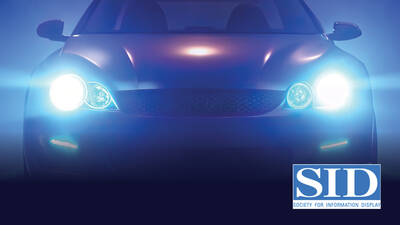SID Vehicle Displays

The Society for Information Display hosts the 31st annual Vehicle Displays & Interfaces Symposium and Expo this fall, bringing together manufacturers, suppliers, researchers, and thought leaders who are driving the market of vehicle display technology. Join the event to see presentations of the latest automotive cockpits, touchless controls, head-up displays, freeform optics, holography, smart surfaces, autonomous vehicle innovations, and more.
Radiant is a regular exhibitor at Vehicle Displays, where we share our expertise in imaging and automated inspection solutions for automotive displays, lighting, and ADAS. Stop by booth 801 throughout the exhibition to see our measurement solutions in action!
Join us this year as we address the challenges of AR HUD system distortion, presented by Bret Stonebridge.
With the rise of head-up display (HUD) technology, more automakers are incorporating these systems in vehicles. The next generation of HUD technology is the application of three-dimensional augmented reality (AR-HUD) digital imaging. Compared to previous 2D systems which display static information in the driver’s line of sight, AR-HUD systems integrate images with the background environment outside the vehicle via dual-plane or multi-plane projections.
Embedding these systems into today’s automobiles and ensuring the clarity of visual images can be a challenge, however. Each manufactured component, including the windshield and the display system, typically undergo rigorous testing at multiple stages during production to ensure visual quality.
But in the final assembly stage, as both components are installed into the vehicle, issues such as image distortion that had been eliminated during prior QA stages can reappear. For example, slight variability in component alignment, or differences between a test projector and the car’s installed projection system can introduce new variation.
The resulting distortion factor can be measured to generate a correction matrix and then the manufacturer can apply a correction factor to calibrate the image. However, identifying, measuring, and correcting the distortion can be time consuming and difficult to accomplish without slowing the assembly line process. An efficient solution requires an inspection system placed inside the already assembled vehicle on the production line and specialized algorithms for rapid distortion measurement and generation of correction coefficients. This presentation will outline the challenges of AR HUD system distortion and provide an approach for efficient in-line inspection and distortion calibration.

